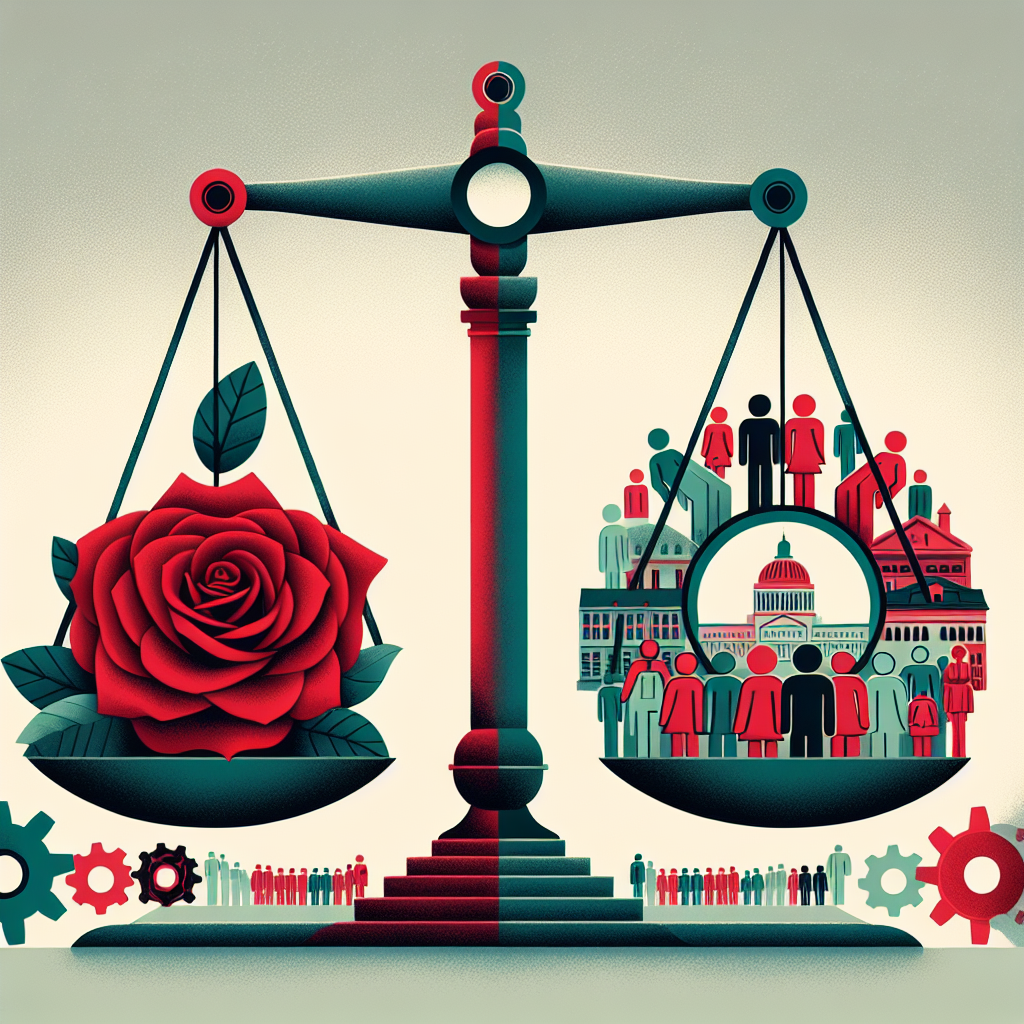Famous Historical Figures: The Untold Stories of Their Youth
When we think of famous historical figures, we often picture them at the height of their accomplishments—commanding armies, inventing groundbreaking technologies, or leading nations. However, the youthful years of these icons often hold untold stories that shaped their futures. Let’s delve into the lesser-known tales of their formative years and discover how their early experiences influenced their legendary paths.
Table of Contents
1. Introduction
2. Albert Einstein: The Curious Child
3. Cleopatra: A Young Queen in Training
4. Leonardo da Vinci: The Inquisitive Apprentice
5. Mahatma Gandhi: The Shy Student
6. Conclusion
7. FAQs
Albert Einstein: The Curious Child
Albert Einstein, renowned for his theory of relativity, wasn’t always the confident genius we envision. Born in Ulm, Germany, in 1879, young Einstein was a curious and introverted child. Contrary to popular myth, he did speak as a child, though he was rather reserved and contemplative. His fascination with the mysteries of the universe began at a young age when he was given a compass by his father. The needle’s movement, which seemed to defy explanation, ignited his lifelong passion for understanding the unseen forces of nature.
Einstein’s early education was not without challenges. He found the rigid teaching methods uninspiring, often clashing with his inquisitive nature. However, it was this very curiosity that drove him to self-study and eventually question the established norms of physics. Einstein’s story reminds us that non-conformity, paired with curiosity, can lead to groundbreaking discoveries.
Cleopatra: A Young Queen in Training
Cleopatra VII is often remembered for her dramatic and politically charged relationship with Rome, but her journey as a young girl in the Ptolemaic dynasty of Egypt was equally compelling. Born into a royal family rife with intrigue and power struggles, Cleopatra was a polyglot who spoke multiple languages, including Egyptian—an unusual skill for a Ptolemaic ruler. Her early education was comprehensive, covering subjects such as mathematics, philosophy, oratory, and the sciences.
From a young age, Cleopatra was exposed to the intricacies of court politics and diplomacy. This exposure honed her skills as a shrewd negotiator and a strategic thinker, preparing her for the challenges she would face as a monarch. Cleopatra’s early life illustrates how early exposure to diverse skills and experiences can prepare leaders to navigate complex political landscapes.
Leonardo da Vinci: The Inquisitive Apprentice
Leonardo da Vinci, the quintessential Renaissance man, was born in 1452 in Vinci, Italy. As the illegitimate son of a notary, Leonardo did not receive a formal education. However, his natural talent for drawing and his insatiable curiosity led him to apprentice with the renowned artist Andrea del Verrocchio in Florence. This apprenticeship was pivotal, allowing Leonardo to explore various disciplines, from painting and sculpture to engineering and anatomy.
Leonardo’s notebooks from his youth are filled with sketches and ideas that reflect a mind constantly engaged in inquiry. His diverse interests and the ability to connect seemingly unrelated fields laid the foundation for his later works, which combined art and science seamlessly. Leonardo’s story underscores the importance of fostering creativity and curiosity in young minds, as they can lead to revolutionary ideas.
Mahatma Gandhi: The Shy Student
Mahatma Gandhi, the leader of India’s non-violent independence movement, was once a shy and timid student. Born in 1869 in Porbandar, India, Gandhi was an average student who struggled with public speaking and self-confidence. His early life was steeped in traditional values, and he was greatly influenced by his mother, who instilled in him the principles of tolerance and compassion.
Gandhi’s transformative journey began when he traveled to England to study law. It was here that he overcame his shyness and began to question social injustices. His experiences in South Africa further solidified his resolve to fight against inequality, setting the stage for his leadership in India’s struggle for freedom. Gandhi’s youth teaches us that even the quietest voices can become powerful agents of change.
Conclusion
The youthful years of historical figures like Albert Einstein, Cleopatra, Leonardo da Vinci, and Mahatma Gandhi provide fascinating insights into the making of legends. Their stories remind us that the seeds of greatness are often sown in the early, formative years, and that curiosity, resilience, and exposure to diverse experiences can shape the leaders of tomorrow. As we reflect on these untold stories, we are inspired to nurture the potential within ourselves and those around us.
FAQs
Q: Did Albert Einstein really have learning difficulties as a child?
A: While Einstein was a late talker, he did not have learning difficulties. He was introspective and often found traditional education uninspiring, but his curiosity drove him to learn independently.
Q: How did Cleopatra’s early life prepare her for leadership?
A: Cleopatra’s early exposure to languages, politics, and diplomacy equipped her with the skills to navigate the complex political landscape of her time, ultimately aiding her in her role as queen.
Q: What role did Leonardo da Vinci’s apprenticeship play in his development?
A: Leonardo’s apprenticeship with Andrea del Verrocchio provided him with foundational skills in art and exposed him to a variety of disciplines, fostering his diverse interests and creativity.
Q: How did Mahatma Gandhi overcome his shyness?
A: Gandhi’s time studying in England and his experiences in South Africa helped him overcome his shyness, shaping his resolve to address social injustices and lead India’s independence movement.





Leave a Reply
You must be logged in to post a comment.